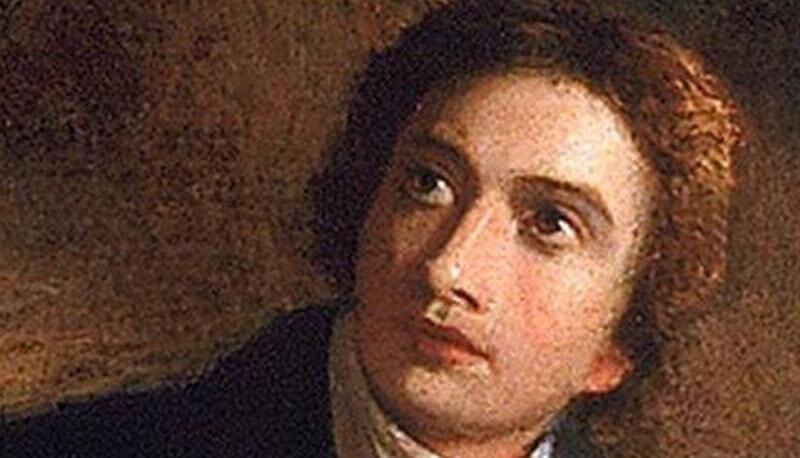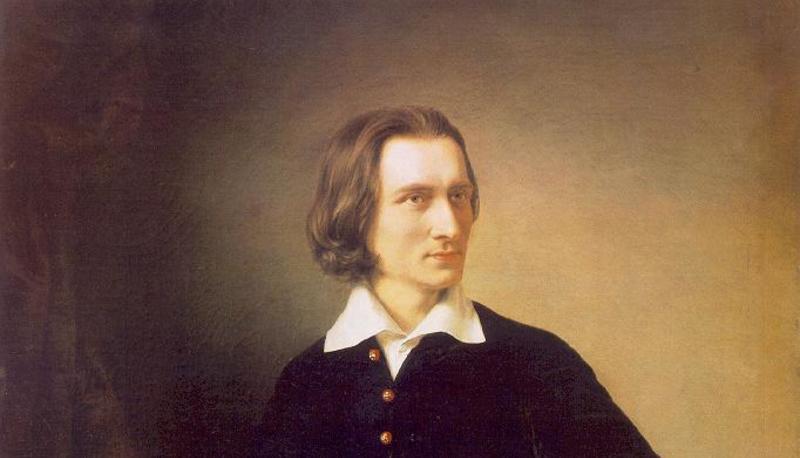Concetti Chiave
- John Keats was a key figure in the second generation of Romantic poets, known for his love of sensations, the Middle Ages, and Greek civilization.
- Despite his fragile health and family tragedies, Keats dedicated his life to poetry, producing notable works such as "Ode to a Nightingale" and "Ode on a Grecian Urn."
- Keats's poetry often explores the interplay between pleasure and pain, reality and imagination, and is characterized by a deep appreciation for beauty.
- His concept of beauty and truth as intertwined entities paved the way for Aestheticism, highlighting his belief in "Art for Art's sake."
- Keats's idea of "Negative capability" involves the poet's ability to immerse himself completely in his subjects, transcending personal identity.
Indice
John Keats: vita e carriera
John Keats is the greater member of the second generation of Romantic poets who blossomed early and died very young. He is Romantic in his relish for sensations, his feeling for the Middle Ages, his love for Greek civilisation.
He was born in London in 1795. His father early dead, and also his mother, killed by TB. His earlier passion for reading and poetry never deserted him, however, and despite passing his exams to become an apothecary surgeon in 1816, he announced his decision to devote his life to writing verse. Keats soon became an important writer like Shelley.
Also his brother Tom died because of TB.

Amore e difficoltà personali
His ever-frail health deteriorated rapidly following a walking tour in the Highlands in 1818, and the combination of family problems made matters worse. He fell in love with Fanny Brawne, but poverty, his bed health and his religious pursuit of poetry made marriage impossible. In spite of these difficulties Keats wrote a lot of poem, for example:
Some odes:
- “Ode to a Nightingale”
- “Ode on a Grecian Urn”
- “To Autumn”
- “Ode on Melancholy”
- “To Psyche”
La poesia di Keats
The poet explores the relation between pleasure and pain, happiness and melancholy, art and life, reality and imagination.
The ballad “La Belle Dame sans Merci”-> taste for medieval themes and form.
In 1820 he coughed up blood and in September he travelled to Italy for recover his health but in February 1821 he died in Rome. He was buried in the protestant cemetery and before to died he dictated his own epitaph: “Here lies one whose name was write in water“ -> these words reflect the poet’s view of himself and his art.
La reputazione e l'immaginazione
Keats reputation: When John Keats died he was hardly known outside his own literary circle. He was rediscovered later.
The role of imagination: his belief in the supreme value of the Imagination made him a Romantic poet. The world of his poetry is imaginary, artificial. He images more than reflect from experience.
He was interested in unfamiliar, strange and remote in place and time. His ideal world is stimulated by his own experience of pain and misery. He considered art’s world as a perfect world.
Il tema della bellezza
Beauty: the central theme of his poetry: what strikes his imagination more is beauty, and it is his disinterested love for it that differentiates him from other romantic writers and makes him the forerunner of the aesthetes and in particular of Oscar Wilde. They saw in his cult of Beauty the expression of the principle “Art for Art’s sake”. The contemplation of beauty is the central theme of Keats’s poetry. Classical Greek world inspires John Keats. The expression of beauty is the ideal of all art. Greek’s world lives again in his verse, recreated and reinterpreted with the eyes of a Romantic.

Bellezza fisica e spirituale
Phisycal beauty and spiritual beauty:
Physical beauty.
It appeals to the senses.
It decays.
Spiritual beauty: love, friendship, poetry it is eternal.
These two kinds of beauty are strongly connected.
Beauty and truth: John Keats identify beauty and truth as the only type of knowledge, as he affirms in the “Ode on a Grecian urn”. This concept of beauty paves the way for Aestheticism, but it is still a romantic feature because of its moral aim. By beauty we can find the truth.
Negative capability: it is the capability to deny himself in order to identify him with the object of inspiration, for example the Grecian urn.
Domande da interrogazione
- Chi era John Keats e quale fu il suo contributo al Romanticismo?
- Quali sono alcune delle opere più celebri di John Keats?
- Quali temi esplora Keats nella sua poesia?
- Come viene percepita la bellezza nella poesia di Keats?
- Cosa significa "negative capability" secondo John Keats?
John Keats era un poeta della seconda generazione dei Romantici, noto per il suo amore per le sensazioni, il Medioevo e la civiltà greca. Nonostante la sua breve vita, ha lasciato un'impronta significativa nella poesia romantica.
Tra le opere più celebri di Keats ci sono le sue odi, come "Ode to a Nightingale", "Ode on a Grecian Urn", "To Autumn", "Ode on Melancholy" e "To Psyche", oltre alla ballata "La Belle Dame sans Merci".
Keats esplora la relazione tra piacere e dolore, felicità e malinconia, arte e vita, realtà e immaginazione. La bellezza è un tema centrale, sia fisica che spirituale, e viene vista come un mezzo per raggiungere la verità.
La bellezza è vista come un ideale artistico e un mezzo per raggiungere la verità. Keats distingue tra bellezza fisica, che è effimera, e bellezza spirituale, che è eterna, e le considera strettamente connesse.
"Negative capability" è la capacità di negare se stessi per identificarsi con l'oggetto di ispirazione, come l'urna greca, permettendo al poeta di esplorare la bellezza e la verità senza pregiudizi o limiti personali.







 Accedi a tutti gli appunti
Accedi a tutti gli appunti
 Tutor AI: studia meglio e in meno tempo
Tutor AI: studia meglio e in meno tempo